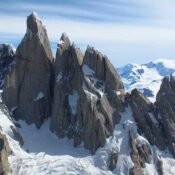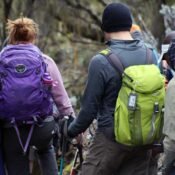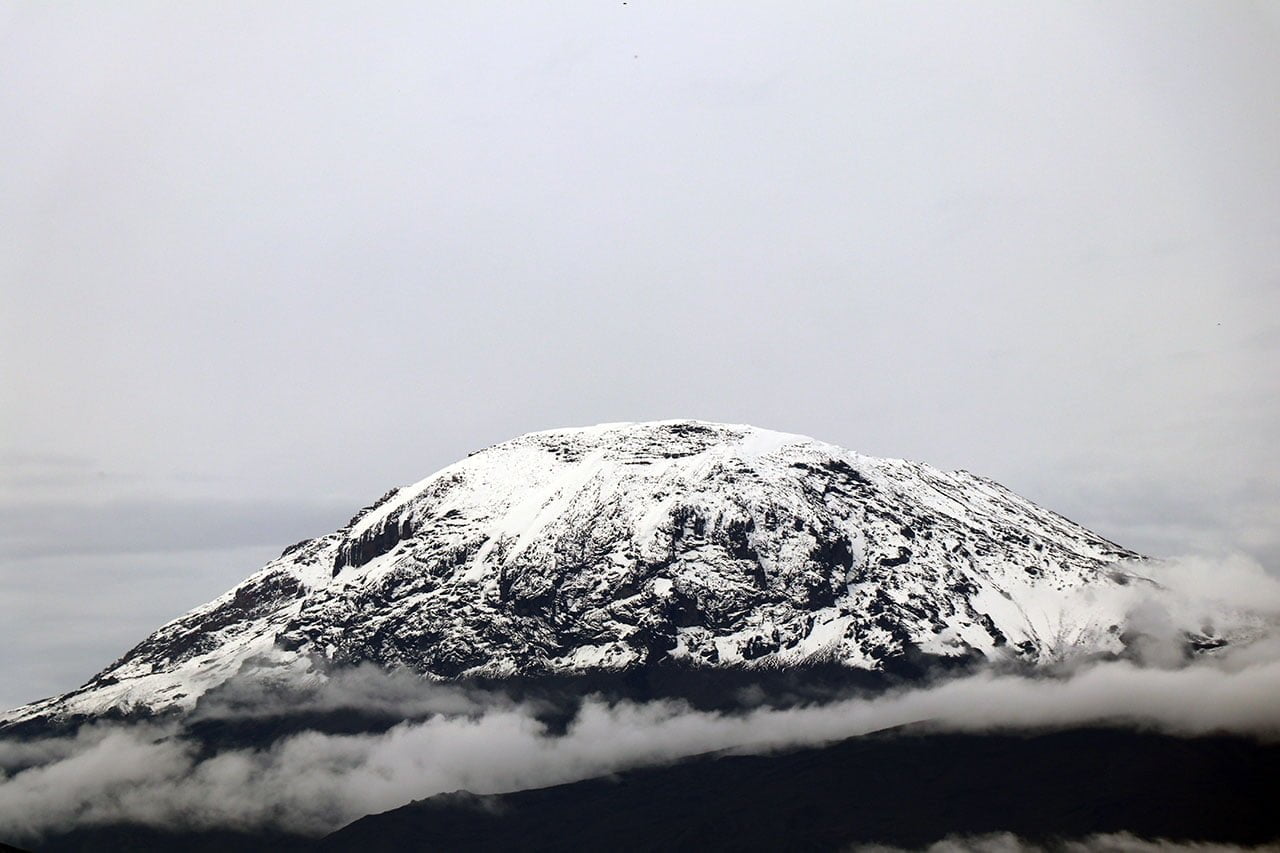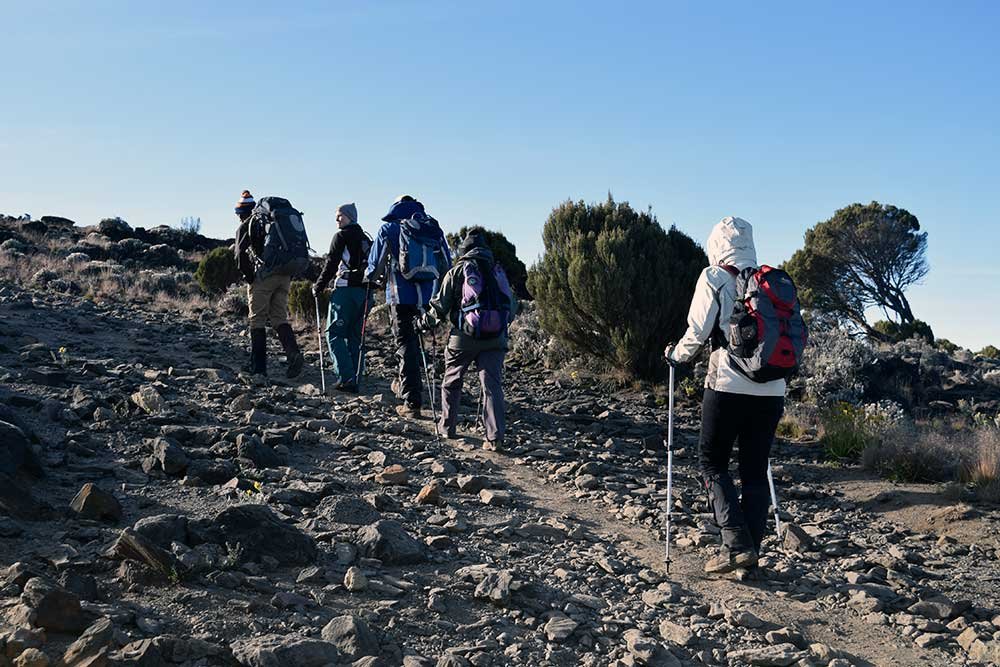
Preparation and Training
Training to Climb Kilimanjaro
Climbing Kilimanjaro is not a technical mountain climb, its a hike. A tough, multi-day trek at altitude. It can feel like a long, hard slog in the thin air, especially on summit night. Being physically prepared can mean the difference between a safe and comfortable climb, and a miserable, exhausting experience. So, how do I train for Kilimanjaro?
Being in peak physical fitness does not guarantee summit success. Even the fittest athletes can succumb to the effects of altitude. You don’t need to be an elite athlete to tackle Kilimanjaro, as the altitude will be the ultimate deciding factor.
However, the fitter you are, the less of your aerobic capacity you will need to use to trek, allowing you to bear the added stress of acclimatization to the altitude more readily.
Things to bear in mind:
- You’ll be trekking slowly, but’slowly’ at altitude might seem like a sprint at sea level.
- You must be able to hike for 6-8 hours every day, repeating the process the next day. Summit nights can last up to 10+ hours.
- The paths might be steep, rocky, or uneven.
- Mental stamina and mentality are really crucial.
While fitness alone will not help you acclimate to the altitude, being in the finest form possible will provide the following advantages:
- Ability to recuperate fast from the day’s activity and be invigorated for the following day’s hike.
- Enhanced oxygen supply to the muscles
- Strong legs for the hilly (uphill and downhill) stages.
- Improved flexibility and balance to prevent injuries.
- Enjoy your surroundings.
Don’t forget:
- Wear hiking boots on practice treks, at the gym, and around the house. You want your new boots to be thoroughly broken in. Experiment with various sock combinations.
- Practice wearing your daypack (with some weight in it) to get your shoulders and back acclimated to hiking with it.
- Practice layering your clothes: how do the layers fit and get them on and off quickly?
- Hiking poles: if you want to use them on the mountainside.
There is no optimal fitness regimen for Kilimanjaro, and the amount of training required varies according on your condition. If you’re particularly fit or go to the gym on a regular basis, consider adding some hiking paths (ideally uphill). If you are not fit, you may need to start from the beginning.
Please with your doctor or healthcare practitioner before beginning any fitness program or changing your present routine. Before embarking on any high-altitude excursion, have a medical check-up. This article contains just informational content.
Fitness and training to climb Kilimanjaro
Any Kilimanjaro fitness program will be based on your existing training habit, injury state, and fitness level. You don’t require superhuman physical performance; with enough time (and a doctor’s approval), most healthy people can become in shape for Kilimanjaro.
It’s all about acclimating your body to the trek’s unique demands.
The main aspects you’ll need to work on are:
- Endurance and cardiac fitness
- Strengthen your legs, core, and back.
- Flexibility and Balance (Stretching)
- Get out and trek, ideally with rugged paths and hills.
- Mental stamina
Top Tips for a Successful Fitness Program
Keep it simple & sustainable
Choose a workout you enjoy. If you enjoy biking, get out on your bike; if you prefer jogging, do so. The main thing is to make your workout gradual so that you may gain stamina and continue to challenge yourself.
If you’re limited on time, try high-intensity interval training. Anything that increases muscular work capacity and cardiovascular function.
Use daily life events as training opportunities
In addition to your regular training program, look for extra chances throughout your day. Do you own a dog? When taking Fido for his daily stroll, put on a daypack that weighs 20 pounds. Take the stairs, mow the grass, or whatever gets you moving.
In the Hills or the Gym
Put on your boots and daypack and get outside whenever feasible. Hiking up and down hills through tough terrain will give you a sense of what it’s like on the mountain. Increasing the duration of your walks can help you prepare for being on your feet for extended periods of time.
Is there no access to the hills? Set the treadmill to a strong incline, or utilize the stair master. Wear your daypack and hiking boots to practice.
Make it Progressive & Listen to your body
You want your training to be hard in order to prepare both your body and mind. But you don’t want to burn out. Prepare a progressive training regimen so that you may continue to make steady increases in your fitness.
If you’re not sure how to create your training plan, try consulting with a personal trainer or using an online training program.
The Importance of Rest & Recovery
There’s a fine line between pushing yourself hard and pushing yourself too hard. Muscle discomfort, injury, poor sleep, and exhaustion can all be signs that you’re pushing yourself too hard, too fast.
Begin preparing for your Kilimanjaro climb early enough (3-6 months). Good training does not happen quickly; it is a long-term process.
Prevent Plateaus
Every 3-4 weeks, change up your exercise routine and try something new. If you do the same thing all the time, your body will adapt, and you’ll have to work more to get the same results. When you switch up your training program, your body faces new hurdles to adapt to.
Note: This is the primary reason why you should not “just walk” for Kilimanjaro training. Unless you hike for several hours each day, your body will rapidly adjust to walking at sea level.
Taper your Training
Maintain your training but reduce the intensity around two weeks before you begin your climb. You’ll want to start your climb feeling fresh and well-rested, and you don’t want to risk damage.
Endurance and Cardiovascular Fitness
Endurance, often known as stamina, refers to the body’s capacity to function at a high pace for an extended period. Endurance training is essentially a systematic approach to improving your metabolism, or, in other words, increasing oxygen efficiency and energy generation in your muscles.
- Biking, swimming, running, stair master, elliptical – build up to 60-90 minutes of steady effort at around 70% of your maximum heart rate.
- High-Intensity Interval Training – Use when you’re short on time and need a new training stimulus.
- Wear your weighted daypack and hiking boots whenever feasible, and attempt to go on some tough hikes, especially with some elevation increase.
You may also use particular altitude training routines to help you adjust to the shortage of oxygen on the mountain.
Strength Training
What is strength? The body can complete the most tasks with the least amount of effort. Remember that you will be dealing with altitude, therefore you want your body to be as efficient as possible when completing the “work” (trekking) that is necessary.
Resistance training primarily targets the anaerobic (no oxygen) energy generation systems.
- Improve your lower body (leg) strength with squats, lunges, and other exercises that target the major muscles in your legs.
- Increase your core strength for better balance on rough terrain.
- Carrying your daypack requires back and upper body power.
You’ll need strong legs to go up the mountain, and the downhill parts may be taxing on your hips, knees, and thighs. A solid strength training program will assist the major muscle groups gain strength while simultaneously strengthening the smaller, stabilizing muscles around the joints to prevent injury.
You don’t have to go all out with bodybuilder strength training, but including resistance training 2-4 times per week will pay off in the long run. If you have no prior experience with weight training, we strongly advise you to speak with a personal trainer.
Stretching, Flexibility & Yoga
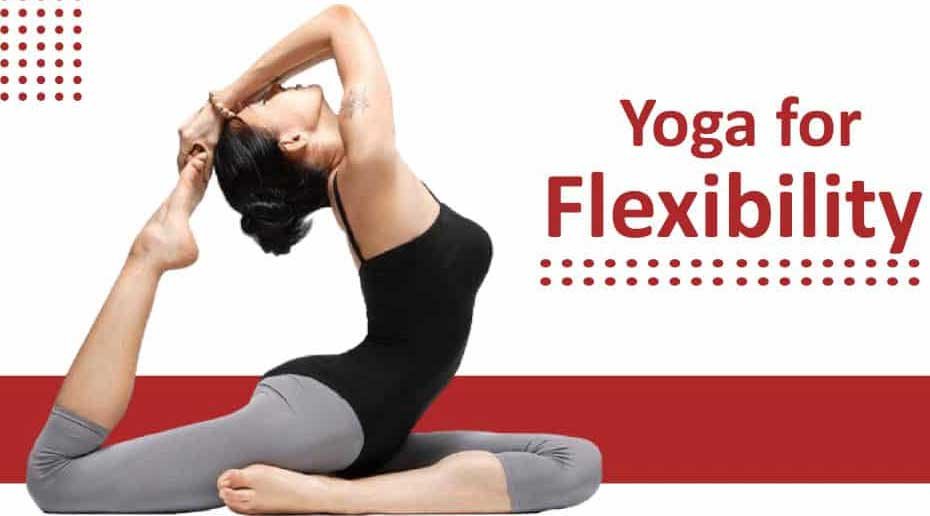
When you do a lot of cardio or weight training, it’s easy to overlook flexibility. Stretching your muscles before and after exercise helps to reduce injuries. It improves your balance and promotes muscular recovery.
Incorporating yoga into your routine improves your breathing methods, promotes proper posture, and allows you to remain calm and focused on the challenge ahead.
Breathing Techniques
Learning to manage your breathing is essential when hiking in thin air. Shallow breathing and hyperventilation prevent you from absorbing adequate oxygen and might trigger your body’s stress reaction. Be attentive of your breathing and practice taking long, calm, deep breaths.
Practicing yoga, meditation, or specialized breathing methods might improve your capacity to listen to your body. Tuning in to your body’s requirements, such as hunger, thirst, pulse rate, aches, and pains, allows you to detect problems promptly.
Breathing Techniques
Learning to manage your breathing is essential when hiking in thin air. Shallow breathing and hyperventilation prevent you from absorbing adequate oxygen and might trigger your body’s stress reaction. Be attentive of your breathing and practice taking long, calm, deep breaths.
Practicing yoga, meditation, or specialized breathing methods might improve your capacity to listen to your body. Tuning in to your body’s requirements, such as hunger, thirst, pulse rate, aches, and pains, allows you to detect problems promptly.
Injury Prevention & Existing Injuries
Most of us have the occasional aching knee, tight hip, or weak shoulder. Knowing your existing restrictions (check with your doctor if you feel you have any injuries) can help you prepare better.
- If you have terrible knees, see your doctor or physiotherapist about a knee brace, especially for downhill stretches.
- Hire a qualified personal trainer to create a program that will improve your weak regions.
- Soft-tissue treatment or sports massage can assist release tight muscles in specific places.
- Prevent damage by warming up and cooling down before and after strenuous exercise.
On the Mountain
- For the most effective acclimatization strategy, take the longest path feasible.
- Take it slowly and steadily: Save your energies; there’s no rush.
- Stay hydrated and eat frequently.
- Hiking poles can help you balance on rough terrain.
- Treat ‘hotpots’ on your feet to prevent them from becoming blisters.
Learn the Rest-Step
The “rest step” is a hiking method that involves dropping your heel with each stride, effectively straightening your leg. This places weight on your skeleton and allows your muscles to rest for a minute.
Most critical, notify your guide immediately if you feel ill, have a headache, nausea, or are in discomfort.
Mental Stamina
Trekking Kili is a mental endeavor that demands persistence and dedication. Long hours of hiking, the affects of altitude, and sleeping in a chilly tent may all be exhausting.
How can you ‘train’ mental stamina?
- Remember your “why”. Why did you select Kilimanjaro? Are you fundraising for a charity? Perhaps you want to challenge your physical limits or pursue a lifetime goal. Regardless, keep your “why” in mind.
- Mindfulness and meditation. There are many sites outlining the benefits of meditation for the mind and body, one of which is boosting your mental determination.
- Hard training: pushing yourself beyond your prior ‘limit’ might reveal your true potential. Perhaps you have set a personal best.
- Confident, yet not overconfident. Achieving goals you establish for yourself might boost your confidence in your capacity to deal with difficult situations. Overconfidence can lead to sloth and complacency.
- Draw from your own experiences. Remember other challenging situations you’ve conquered, and tell yourself you can do it.
- Be informed: learn as much as you can about the endeavor you are attempting, build up information about the mountain and yourself.
- One step, one breath, one action, one accomplishment at a time.
Nutrition
On the mountain, we provide well-balanced, nutritionally full meals and accommodate to most dietary needs. During your training, it is essential to adhere to a balanced food plan in order to achieve the best outcomes possible. Read more about Food during Kilimanjaro climb.
Summing Up
Anyone in excellent health (if their doctor agrees) can get fit enough to climb Mount Kilimanjaro. There is no “magic bullet” or secret to preparing for Kilimanjaro; it just requires putting in the effort and progressively increasing your capability.
Try to avoid comparing yourself to others. Many people in sub optimal physical condition have reached the peak, while many athletes have failed. The effects of altitude are a powerful equalizer. Be your best self and train to be in top physical form. If in doubt, get professional assistance from a skilled personal trainer or your doctor.
Questions? Contact us immediately or schedule your unforgettable experience!

